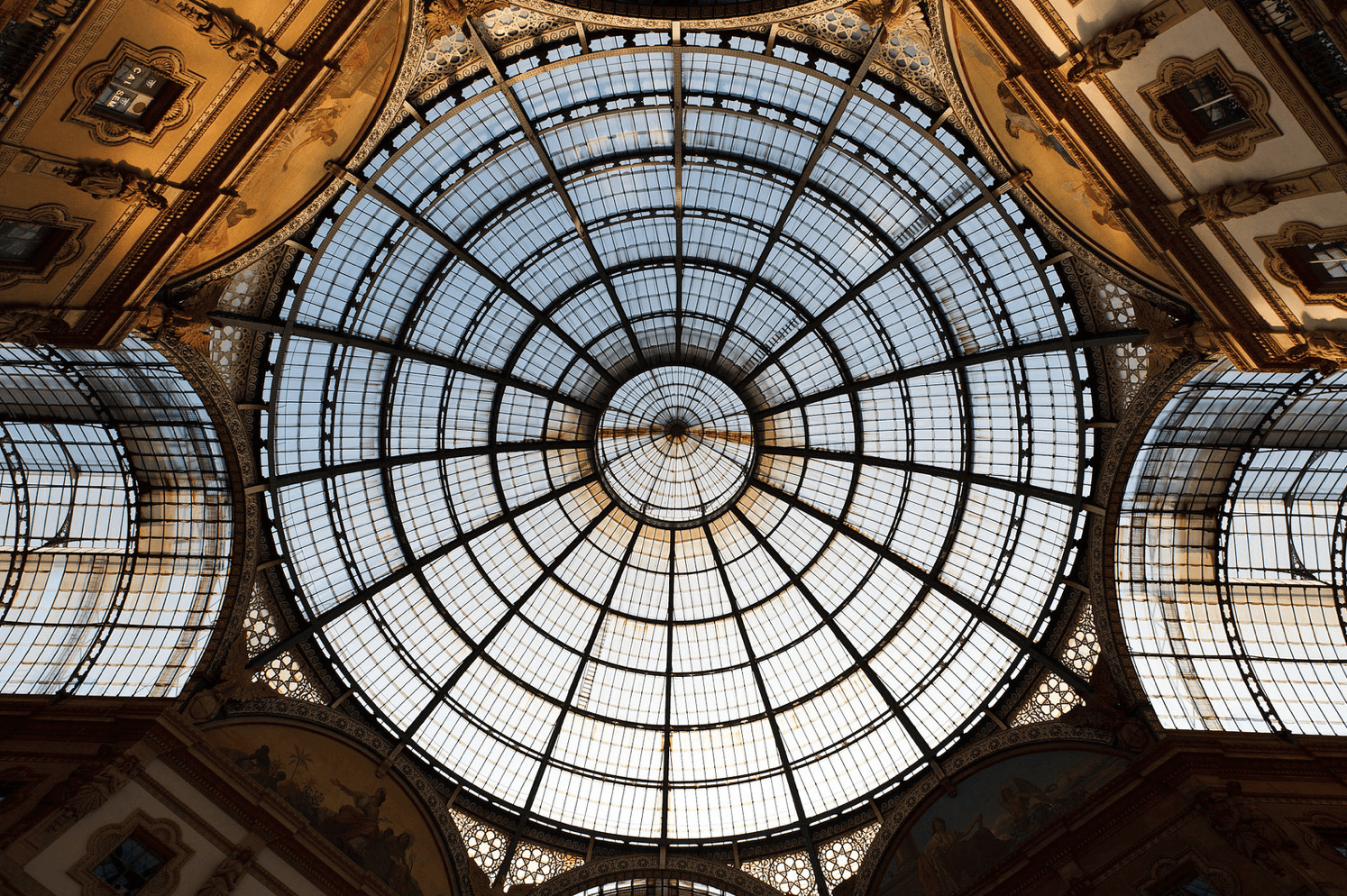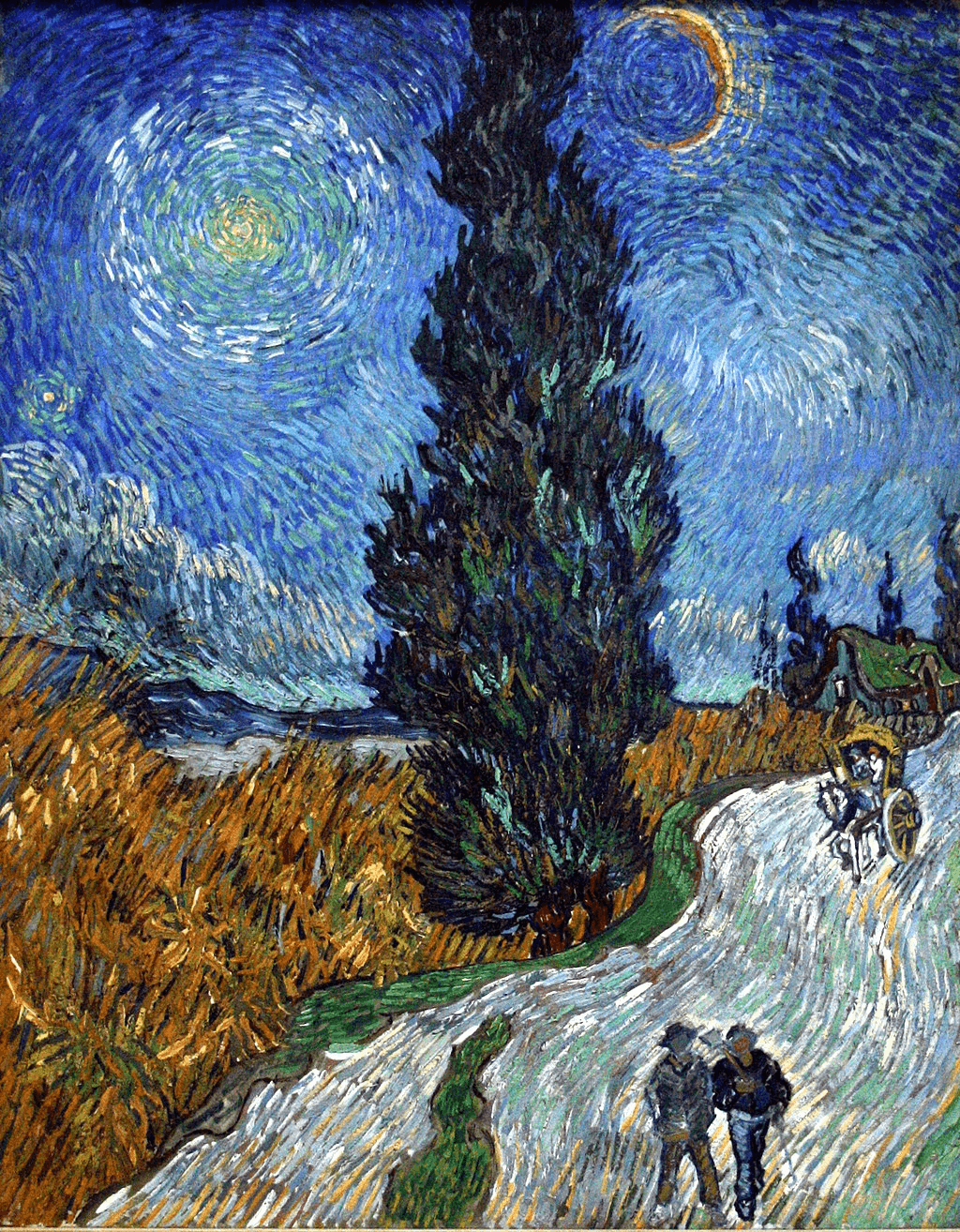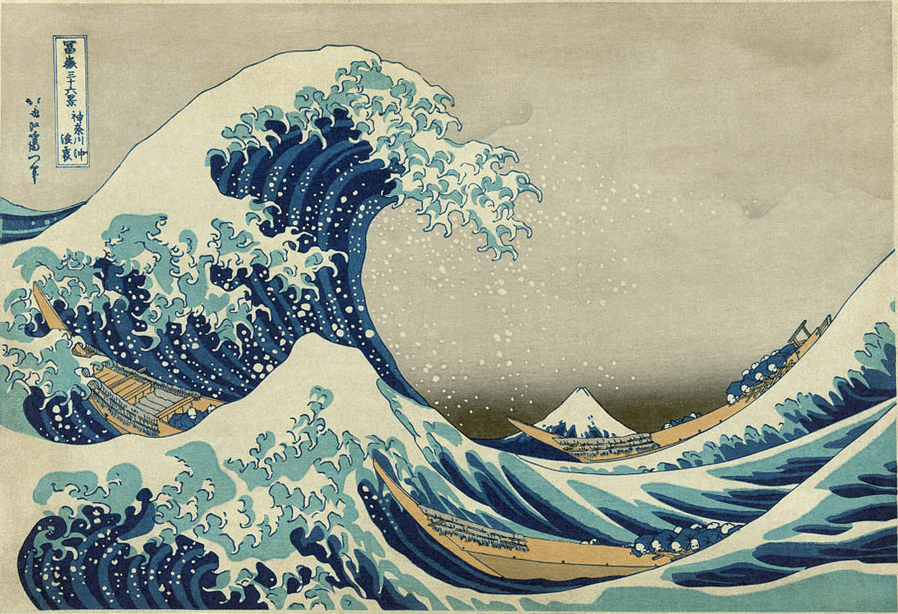When most people think of balance in art and composition, their mind automatically thinks of perfect symmetry. While symmetry is the most straightforward way to achieve visual balance, many artists have veered away from the technique because of its frequency in art and redundancy. Instead, many modern artists have leaned into the use of asymmetrical balance. What is asymmetrical balance in art and how can you use it? Let’s find out.
What is Asymmetrical Balance in Art?
First, let’s define asymmetrical balance
Asymmetry might simply seem to be the opposite of symmetry. However, there is much more that goes into asymmetrical balance than that. To understand the function of asymmetrical balance, let’s take a look at its characteristics in the asymmetrical balance definition.
ASYMMETRICAL BALANCE DEFINITION
What is asymmetrical balance in art?
Asymmetrical balance is the technique of using differing visual elements of unequal weight on both sides of a composition to achieve a sense of balance.
The sense of balance from the differing visual elements can be achieved through the decisions an artist makes such as where they position positive and negative space, the colors they use on both sides, lighting styles, or even the textures they create.
What is asymmetrical balance used for?
- Achieving visual variety
- Evoking as sense of movement
- Creating greater intrigue
For a deep dive into all the elements of composition, download our FREE Ebook: Elements of Composition in Art, Photography & Film.
Free downloadable bonus
FREE Download
The Complete Guide to Composition Elements
When you master composition, you master the ability to tell a story, create a mood or deliver a message in a single image. Download our FREE e-book that covers the various elements of composition and the relevant techniques you can use to arrange, and compose the perfect image.
What is Asymmetrical Balance in Art
Asymmetrical vs symmetrical balance
Asymmetrical balance utilizes differing visual elements within a composition to achieve balance. Symmetrical balance, on the other hand, is achieved in work of art when visual elements are arranged on both sides of a center line in equal weight.

Asymmetrical vs Symmetrical balance
Symmetrical balance can be found throughout various mediums of art from paintings to architecture to photography to cinema. It is effective at creating a sense of formality, structure and distinct balance
Symmetrical balance, however, can also become a bit redundant. Because one half a symmetrical composition mirrors the other, at least one half of the composition is predictable. This is why many artists began exploring the use of asymmetrical balance.
Although asymmetrical balance does not create visual balance by mirroring weight precisely, it achieves balance in a more interesting way. Let’s take a look at why asymmetrical balance became more prevalent in modern art.
Related Posts
Asymmetrical Composition
Asymmetrical balance in modern art
Symmetrical balance is highly used throughout the history of art because of the innate human attraction toward symmetrical compositions. The consequence of its frequent use is that it has become less intriguing over time.
Much of modern art has gravitated toward the use of other types of balance, primarily asymmetrical balance. Modern artists have become drawn to asymmetrical balance because of its lack of constraint as well as its ability to tell a better story within a single image.

Country Road in Provence by Night • Asymmetrical Balance examples
While asymmetrical balance poses a greater task for artists to tackle in restoring balance with differing visual elements, it has also allowed for greater creative freedom. What is asymmetrical balance used for specifically? Let’s take a look at a few ways artists use the compositional technique.
What is Asymmetrical Balance in Art Used For
Create visual variety
The nature of asymmetrical compositions is characterized by visual variety. Because both sides of a single composition don’t have to mirror each other to create balance, artists are given the freedom to create balance with differing visual elements.

Asymmetrical picture by Steve McCurry
Symmetrical balance can bear many restraints because of its need for precision. Asymmetrical balance, on the other hand, allows artists to be more expressive with how they utilize space. The result is more variety in their work across the frame.
While it may be a bit more difficult to create balance with differing visual elements, the results are often more intriguing and engaging. Visual variety often engages viewers more deeply, since there is more to interpret or read in an image.
What is Asymmetrical Balance in Art Used For?
Evoke a sense movement
Within a still image, it is often difficult to portray movement which can be integral to an image’s story. Asymmetrical balance is a way to evoke a sense movement by allowing differing visual elements to carry the eye as movement does.
In this painting by Katsushika Hokusai titled The Great Wave off Kanagawa, the power and movement of the colossal wave can almost be felt because of the asymmetrical balance. The left side of the frame is filled with the positive space of the wave. The right side is filled with empty negative space, creating a sense of movement of where the wave is moving toward.

The Great Wave off Kanagawa • Asymmetrical Balance examples
Asymmetrical balance takes advantage of the human mind’s tendency to anticipate. Great artists use asymmetrical balance to allow our brain to anticipate the movement of positive space based on how they compose their work.
Related Posts
What is Asymmetrical Balance in Art and Story
Establish a relationship
By creating balance between differing visual elements, artists tend to create a connection between them. The juxtaposition of two unlike things next to each other makes viewers innately want to compare and contrast the two.
In one of Denis Villenuve’s best films, Arrival, asymmetrical balance is in a shot’s composition used to capture the emotions between humans and an alien species.

Arrival • asymmetrical photography
Take a look at our video breakdown below to see how Villenuve balances fear and intrigue by simple directorial choices. Note how asymmetrical compositions are used to underscore the barrier between the alien species and humans. The asymmetrical composition creates tension, yet a connection at the same time.
How Villeneuve Balances Fear and Intrigue • Subscribe on YouTube
As you can see, asymmetrical balance is used throughout various artistic mediums because of the amount of freedom it gives an artist.
It can be used for specific effects two create a sense of balance, movement, and variety in a composition. But the true appeal of asymmetrical balance lies in the creative decisions artists make given the freedom asymmetry allows.
Up Next
What is Symmetrical Balance?
Now that you’ve learned about asymmetrical balance and its function in composition, learn about the other side of the coin. While symmetrical balance has its flaws, it also has its uses. In our next article, we take a look at those uses and how artists take advantage of them.
Up Next: Symmetrical Balance→
Showcase your vision with elegant shot lists and storyboards.
Create robust and customizable shot lists. Upload images to make storyboards and slideshows.

